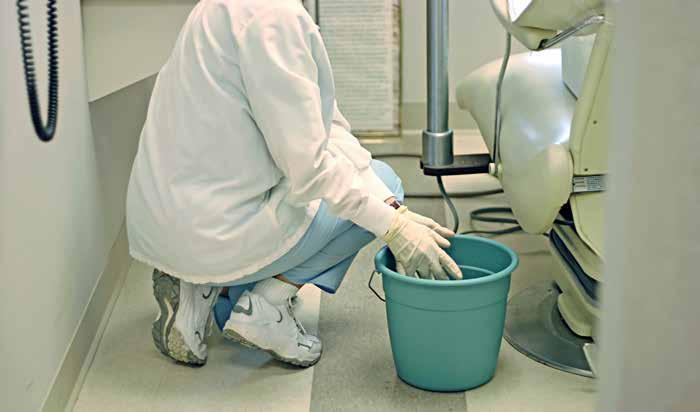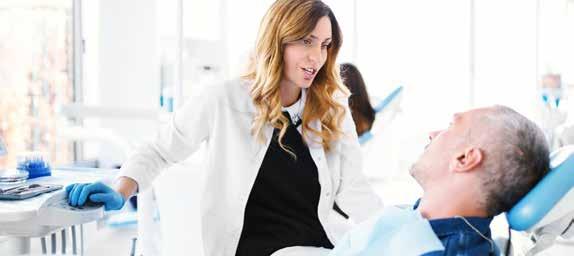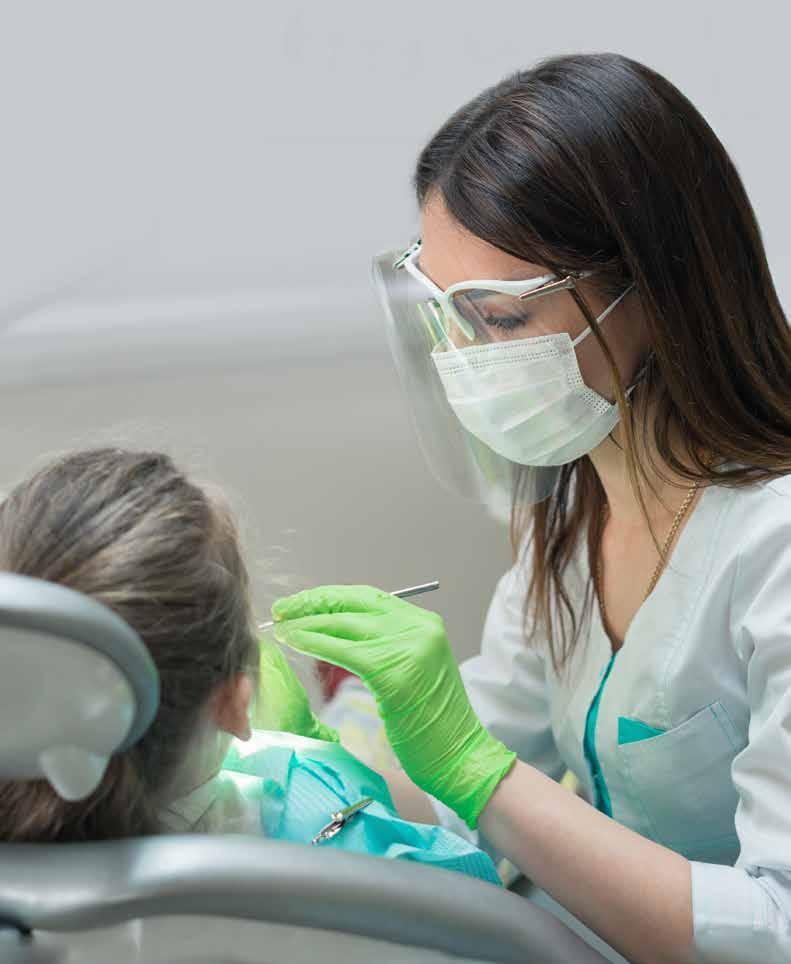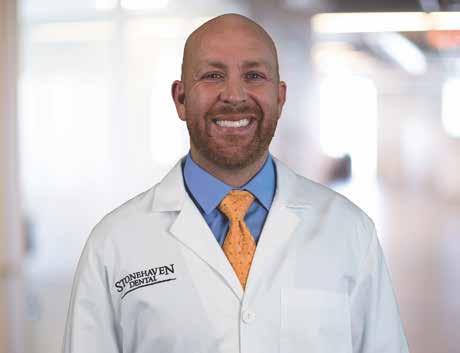> Safest Dental VisitTM
Put your patients at ease
The overwhelming majority of dental practices work very hard to ensure their patients’ safety and health during treatment, according to Organization for Safety, Asepsis and Prevention (OSAP) – a community of clinicians, educators, policy makers, consultants and industry representatives who advocate for the Safest Dental Visit™ OSAP – and it’s important for doctors and team members to convey that to their patients.
By discussing the following points, which are based on current dental infection control recommendations from the Centers for Disease Control and Prevention (CDC), the American Dental Association (ADA) and OSAP, the dental team can reassure patients they are in a safe environment, protected from the spread of infection.
44 Efficiency In Group Practice : ISSUE 3 • 2020
> We sterilize all dental instruments, including handpieces, between patients. In keeping with Centers for Disease Control and Prevention, American Dental Association, and OSAP recommendations, dental professionals should be heat-sterilizing all
instruments that penetrate or contact a patient’s oral tissues. Although autoclaves are most commonly used to sterilize dental instruments, some offices may have other types of heat sterilizers. Chemical-vapor sterilizers (chemiclaves) and dry-heat sterilizers also are appropriate for sterilizing dental instruments. Instruments that have been used on a patient should be heat-sterilized before they are introduced to treat the next patient. Most dental instruments are designed to withstand repeated heat sterilization.
dentalgrouppractice.com


















